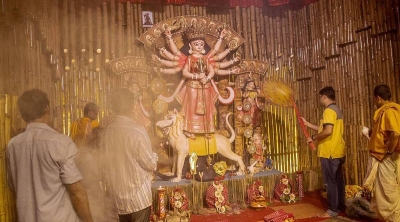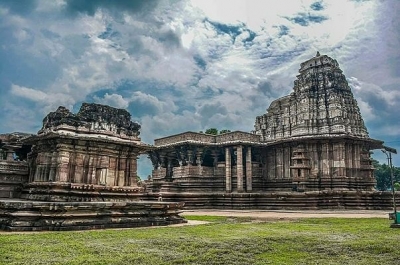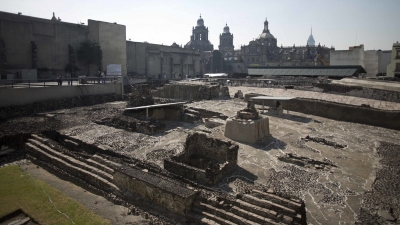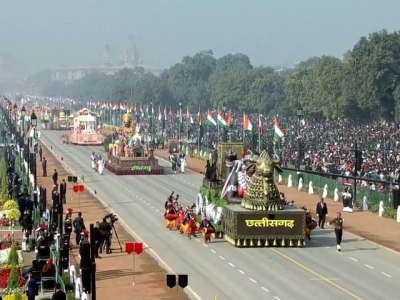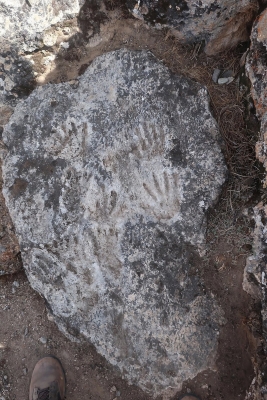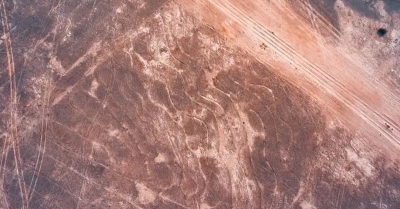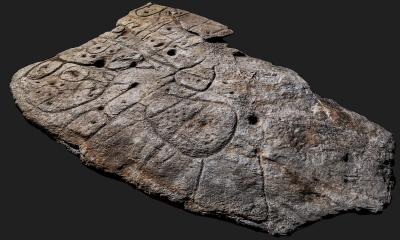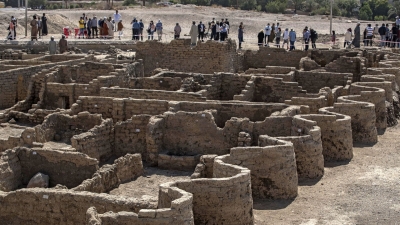How did knocker-uppers wake up their clients?

Before alarm clocks became affordable, there were professional knockers-up to wake up people so they could get to work on time. This practice began in Britain during the Industrial Revolution, and lasted in some places till the 1970s.
Knocker-upper was a profession of the 19th century during the Industrial Revolution when the alarm clock was not popular and they weren’t neither cheap nor reliable. Not every worker in Britain could afford alarms and as industrialization was rising and the factories demanded more workers and more hours of work.
As they used to work on minimum wage and had strict early shifts, many workers in Britain had to wake up early and so they used to hire knocker-upper to wake them up.
The knocker-uppers mainly worked in large cities or the northern regions of Britain and Ireland.
At first, knocker-uppers used to just bang on the door and wake people up but it was determined to be an ineffective method as they woke up the whole house and even neighbors started complaining as they didn’t have to wake up at 5 or 6 am.
After this, they found a better way to wake workers up. As most of the workers' bedrooms were located on the top floor, they used a long stick and put a knob at its end to knock on the window.
Some knocked two or three times on the window and went away while others knocked until the worker came up to the window. Each knocker-upper used to wake up at least 100 people every day.
A knocker-upper had to wake up early to wake the workers up. But how did they do it?
They slept during the day after completing their morning duty of knocker-upper and were mostly night-owls. However, most of the knocker-uppers lost their job in the 1940s and 1950s as the use of the alarm clock became widespread.
Until the 1970s in northern England some cities hired knocker-uppers until they gradually became obsolete.
This is how people used to wake up in the 19th century. The vintage history of the knocker-upper is forever remembered, as their work was of great importance, allowing the people of England to get to work on time.
Credit : History of yesterday
Picture Credit : Google

